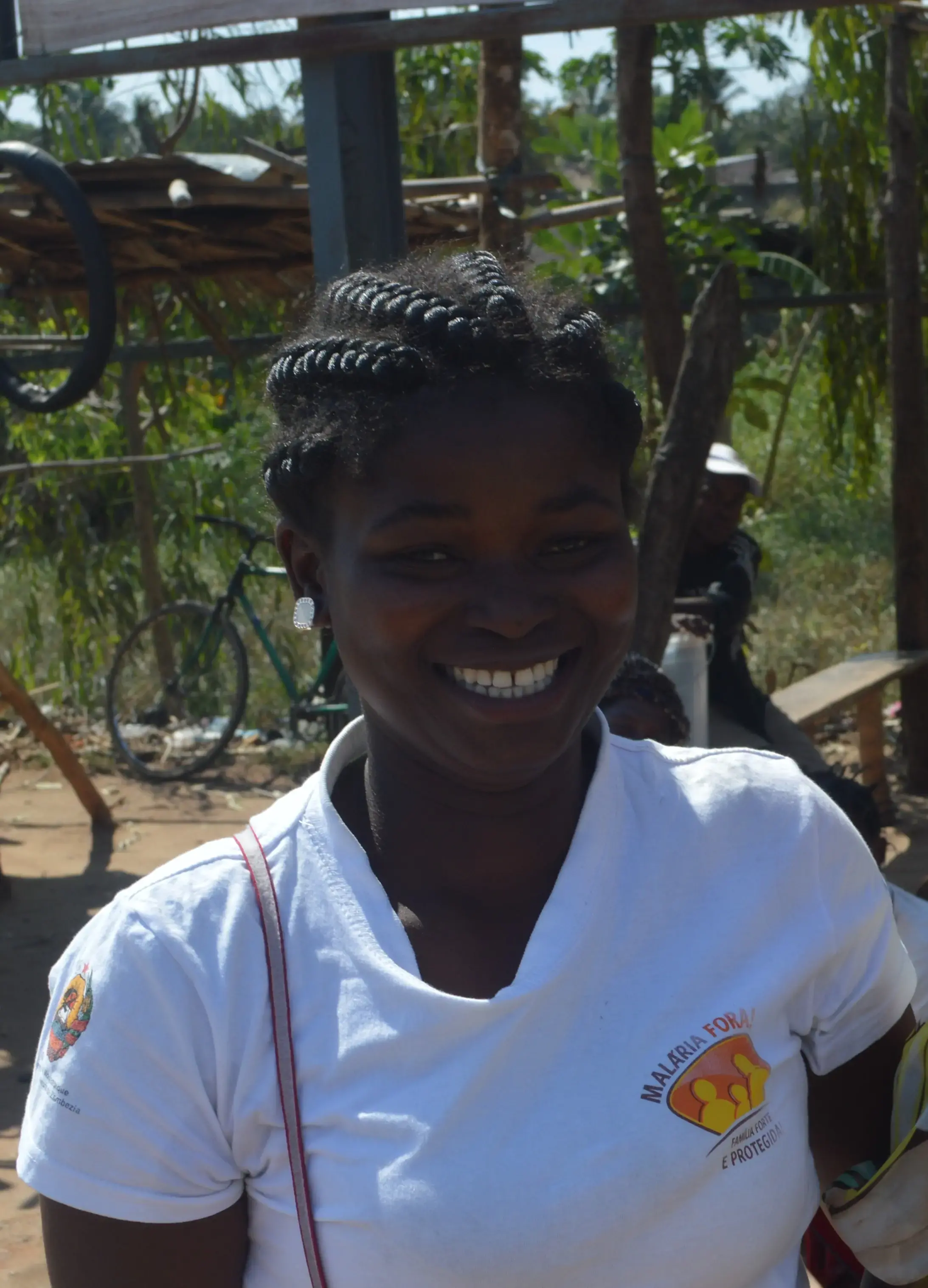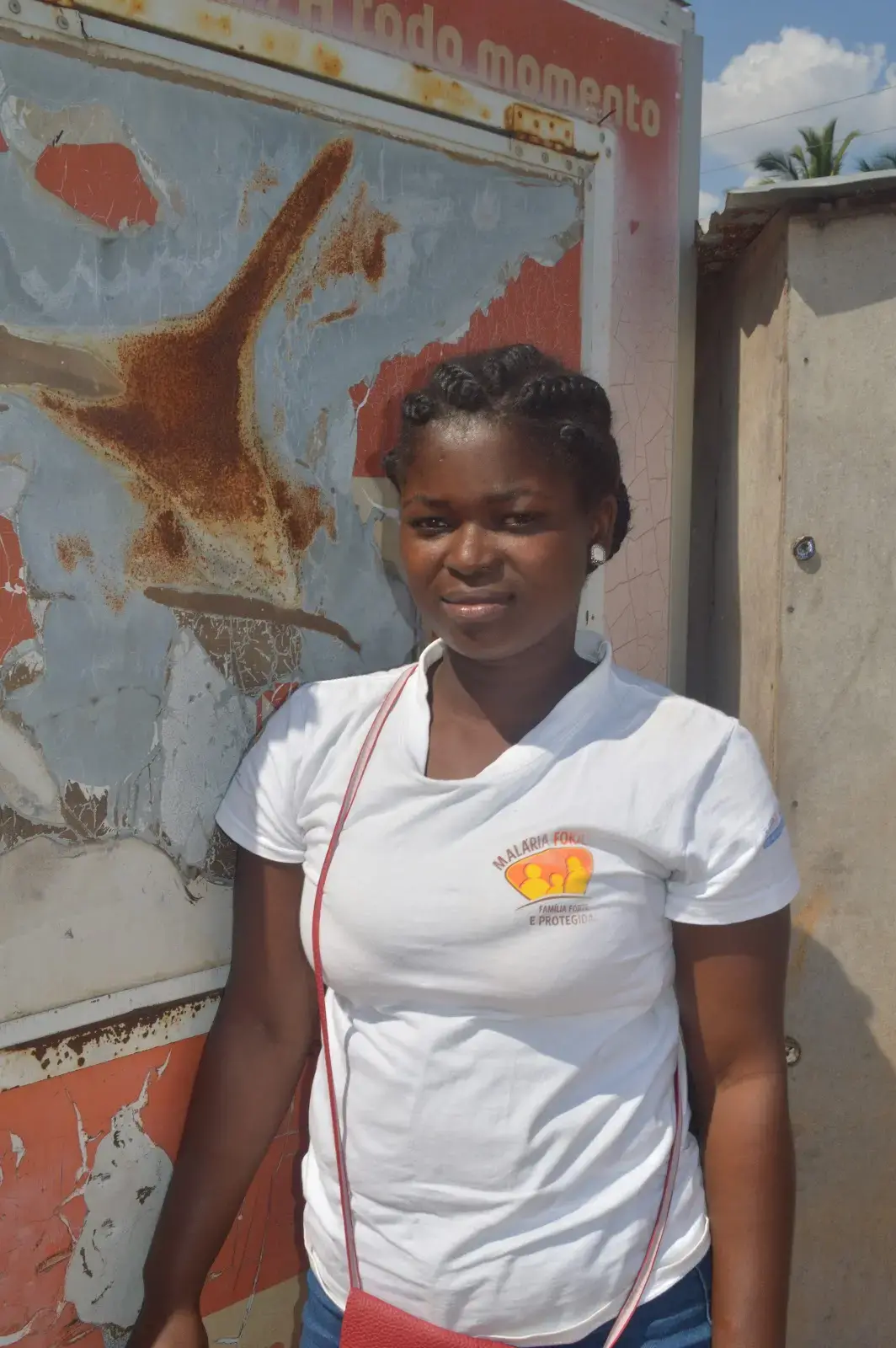Maputo - H.E. Filipe Jacinto Nyusi, the President of the Republic of Mozambique, launched the results of the 2017 Population and Housing Census in a ceremony held today, 29 April 2019. The results provide a comprehensive profile of the country’s 27,909,798 people for the first time in 10 years. “We are now able to tell how many we are, how we are, where we live, how we live and other characteristics,” affirmed H.E. Jacinto Nyusi.
The data collected represents the single largest source of population data collected in Mozambique providing the state, public bodies and the private sector a full and detailed profile of the population and households down to the smallest geographical unit.
The population of Mozambique has steadily grown since the first census was taken in 1980, rising from 12.1 million people to 16.1 million in 1997, to 20.6 million in 2007, then to 27.9 million inhabitants in 2017. The intercensal average annual growth rate was highest in 2007-17 at 2.8%. The large increase in population over this period has important policy implications for all the sectors of the Government particularly those of education, health, employment, and housing that all impact the country’s economic development.
Ms. Andrea Wojnar, Resident Representative of the United Nations Population Fund (UNFPA) in Mozambique, said: “the results will facilitate work already being done by the Government and civil society to address the disparities and inequalities across and within Mozambican society, ensuring that no one gets inadvertently ‘pushed’ behind by choices made in the allocation of social sector resources.” According to the UNFPA Representative, the report will allow the Government, civil society, private sector, UN agencies, and other stakeholders to identify and locate the nation’s most vulnerable people, plan interventions that result in the greatest improvements in their welfare, and monitor progress over a wide array of national and international targets.
The census data have also been of crucial importance for planning the response to and recovery from Cyclones Idai and Kenneth, humanitarian crises triggered by the destructive natural events hitting the central and northern provinces. The data is being used to prioritize interventions in the most affected areas and identify population groups with specific needs.
The results also highlight the fact that Mozambique’s population remains predominantly young, with 66% of the population under the age of 25. This trend shows that this is an opportune time for the country to take advantage of its youthful population in what is known as a “demographic dividend,” however, UNFPA cautions that this can only be realized if the country increases and targets its investment in the health, education, and employment of its youth, and especially girls.
The 2017 collection and subsequent post-enumeration data preparation was supported through a Trust Fund managed by UNFPA which includes funding from the United Kingdom Department for International Development (DFID), Norway, Sweden, Canada, and Italy for a period of four years (2017-2021), in addition to funding provided by the Government and the World Bank.
The census data were collected and analyzed according to international standards with technical support and guidance from global experts organized by UNFPA who also procured key equipment, and supported enumerator training programmes and communication activities to ensure a well informed and participatory process.
The census results reported in today’s launch show both progress in the country’s demographic transition since the last census as well as ongoing challenges. The average number of children per woman has decreased from 5.7 to 5.2. Life expectancy at birth has increased by almost three years, reaching 51 years amongst men and 56.5 amongst women. Maternal mortality has decreased but remains high with 452 women dying every 100,000 live-born children.
In addition to establishing the demographic trends, the census provides a wealth of social and economic data that, in combination with other data sources, will allow for in-depth thematic analyses of the characteristics and living conditions of Mozambique’s population, including housing and living arrangements, education and literacy, employment and subsistence, and gender disparities. The Trust Fund managed by UNFPA will support INE and national research institutions in conducting a set of in-depth thematic studies with a view to generate targeted policy recommendations for the sectors.




